Every tim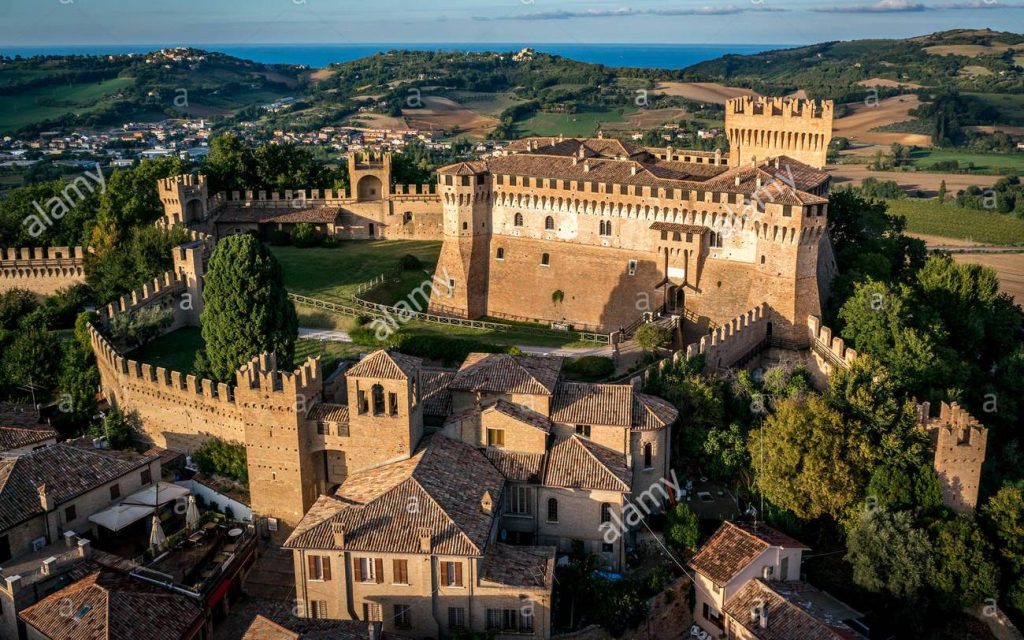 e we drive across the border which divides our region, Le Marche, from Emilia Romana in the north we marvel at the imposing castle perched on the cliff edge above. We vow that one of these days we’ll check it out, but northbound we’re always on a mission to get back to the UK or to the ski slopes or whatever and southbound we just want to get home.
e we drive across the border which divides our region, Le Marche, from Emilia Romana in the north we marvel at the imposing castle perched on the cliff edge above. We vow that one of these days we’ll check it out, but northbound we’re always on a mission to get back to the UK or to the ski slopes or whatever and southbound we just want to get home.
Last Sunday however we spent the night in Rimini barely half an hour away, so we decided to check out the castle on the way back. Climbing up to the small town of Gradara we were relieved to discover that it sits on the Marche side of the divide. The main street in the medieval walled town climbs past bars, restaurants and souvenir shops to the entrance to the 11th century castle surrounded by 800m of fortifications.
It is easy to see why this spot was chosen as a defensive location. With the foothills of the Apennine mountains behind, it overlooks a narrow plain, the main navigable path along the Adriatic coast. It isn’t just the medieval warring factions including various popes, dukes of Rimini and Florentine clans who have shed blood attacking and defending this region. In 49bc Julius Ceasar made history, just a few kilometres away, when his illegal crossing of the Rubicone river, north of Rimini, led to the start of civil war in the Roman Empire; and somewhat miffed Brutus! The action giving rise to the expression “to cross the rubicon”, the point of no return.
More recently some of the bloodiest fighting of the second world war occurred along this narrow plain as the Allied forces pushed north from Ancona. After Montecassiano, Rimini suffered the heaviest war damage of any Italian city. In the shadow of the castle over 1,000 British and Comonwealth servicemen rest in the Gradara war grave.
The castle wasn’t just a setting for physical battles. The Italian states furthered political ambitions with wheeling and dealing including of course weddings. When her father became pope, Alexander IV, Lucrezia Borgia’s existing engagement was discarded to find a more advantageous match. Beginning her marriage career she was hitched to the lord of Pesaro and Gradara, Giovanni Sforza. As the Holy Father became more established he realised he had sought too low a noble for his beautiful talented daughter. Alexander put plans in place for Sforza’s assassination, though Lucrezia tipped her husband off, allowing him to escape. Modern day visitors to the castle can see Lucrezia Borgia’s bedroom, although they had no children her kind act suggests that she enjoyed more than just the stunning views from her room!
For real bodice ripping action turn to the Divine Comedy, Dante sets the passionate scenes between Francesca and lover Paolo in Gradara castle. Caught in flagrante by Francesca’s inconvenient husband, Gianciotto, he slays them in an act which they didn’t find particularly comical.
Nowadays it’s more of a peaceful spot and the only fights are re-enactments. The castle hosts many medieval festivals over the summer months, some featuring dramatic firework displays. So don’t do what we did and wait 14 years to discover this fascinating bit of history and legend, allow a couple of hours and make time for a dramatic introduction to the Marche region and a rather nice lunch stop.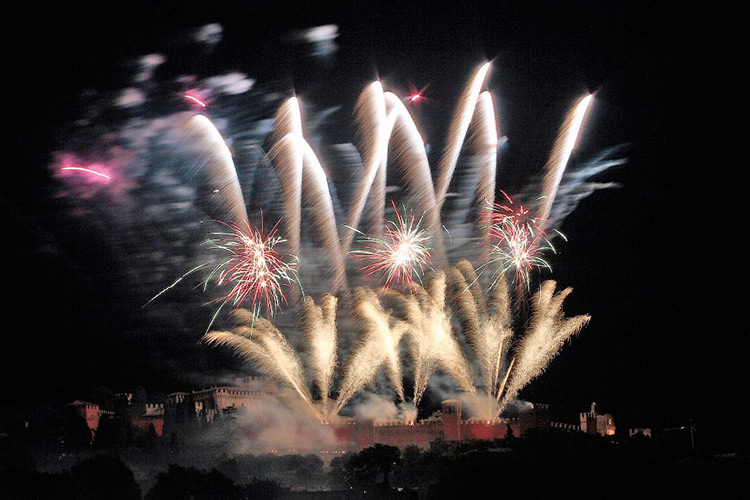


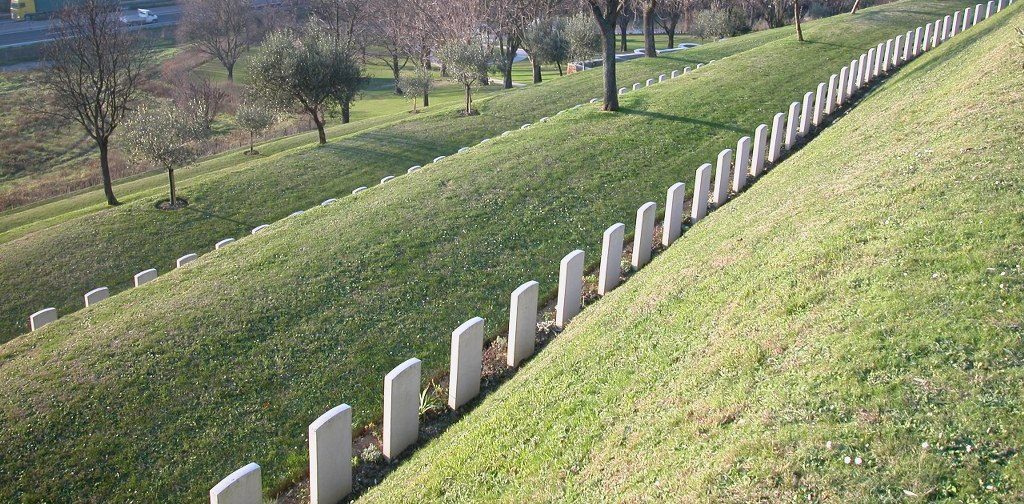
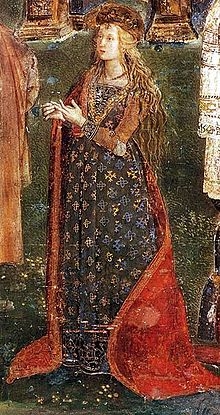

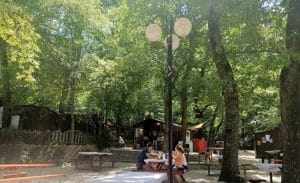
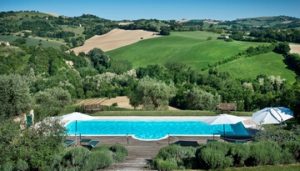








No Comment
You can post first response comment.